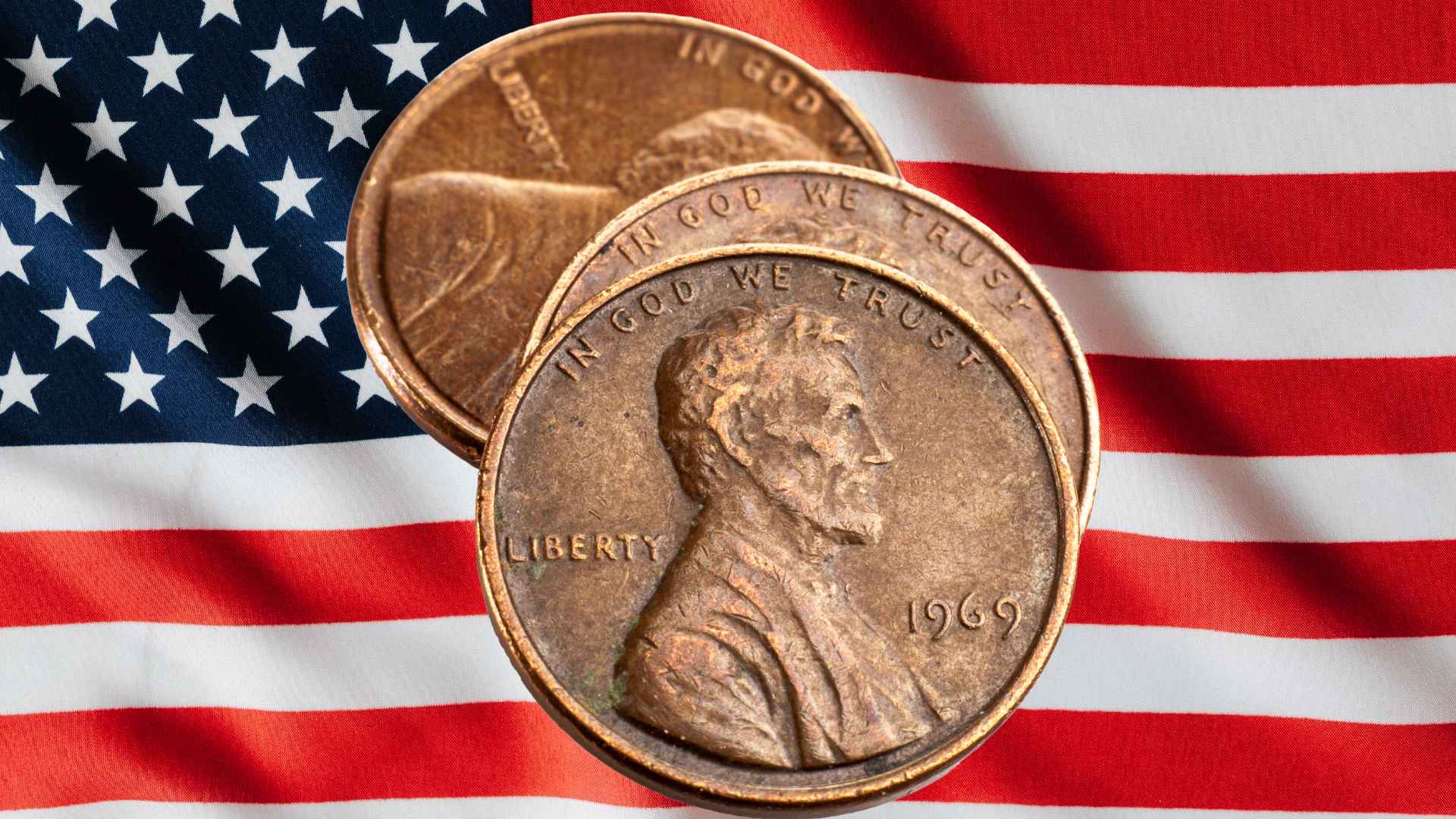The U.S. Treasury will stop minting pennies early next year, closing a 230‑year chapter in American pocket change.
After decades of debate, the humble penny is finally bowing out. Rising metal prices, digital payments, and millions of idle coins stuck in jars convinced officials that the cost of making the one‑cent piece—about 3.7 cents per coin—no longer made sense. So, what happens when the nation’s smallest denomination disappears?
How rising production costs and digital payments sealed the penny’s fate
Ever wondered why your coin jar keeps getting heavier? More than half of all pennies never return to circulation, forcing the U.S. Mint to strike billions more each year. In 2024 alone, losses topped $56 million.
Add in tap‑to‑pay habits and online shopping, and the penny’s role in day‑to‑day transactions looks downright quaint. Still, for sentimental savers, the news feels bittersweet—after all, the Lincoln cent has been part of everyday life since 1909. Take a look at how the math no longer adds up:
| Year | Cost to make one penny | Face value | Annual Mint loss* |
|---|---|---|---|
| 2024 | 3.7 ¢ | 1 ¢ | $56 million |
*Estimate based on Mint reports.
What shoppers, charities, and collectors should know about life after one‑cent coins
Will prices jump overnight? Not exactly. Cash totals will be rounded to the nearest nickel, much as Canada has done since 2013, while electronic payments stay exact. Charities that rely on “penny drives” can pivot to digital round‑ups, and retailers may revamp those familiar .99 price tags. For collectors, the sunset could spark a last‑minute hunt for key dates—steel 1943 cents, anyone?
Timeline and practical tips for the coming transition away from copper change
The Mint will strike its final batch in March 2026, then sell off remaining inventory through July. Got a stash at home? Rolling and depositing them now frees space and helps the supply chain. Parents can turn the countdown into a teachable moment: challenge kids to fill a 50‑coin penny folder before the last pieces leave production. And if you’re worried about exact change, relax—nickels, dimes, and quarters aren’t going anywhere.
The coin that taught generations to “watch the cents so the dollars take care of themselves” is heading for retirement. Yet its legacy—Lincoln’s profile, countless piggy banks, and the classic “a penny saved” proverb—will linger long after the presses fall silent. Maybe the next time you spot a shiny 2025‑dated cent on the sidewalk, you’ll feel lucky enough to pick it up.

